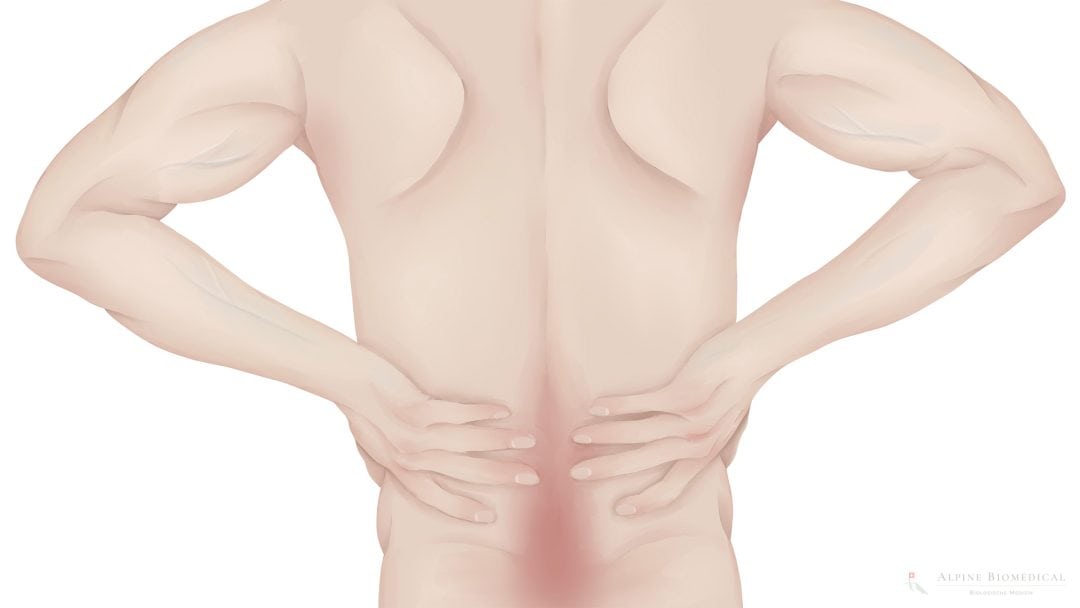Back Pain

Back pain is a common health problem that occurs when mechanical or structural problems develop in the spine, ligaments, muscles, discs, nerves, or tendons of the back.
The symptoms can range from mild, dull discomfort, tension or stiffness to stabbing, radiating pain with restriction of movement. The main causes are muscle strains, slipped discs, or lifestyle related chronic conditions such as obesity, osteoporosis and arthrosis. If the pain doesn’t go away within six weeks, it is advisable to consult a doctor.
Med. pract. Dana Hreus M.A.
Consulting an integrative health approach that addresses underlying lifestyle related conditions can help reduce back pain and avoid a chronic and permanent impairment in everyday life.

Further information
The information listed contains relevant topics and serves to improve understanding.